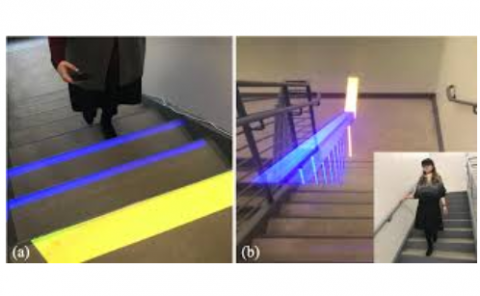Using Motion Forecasting for Behavior-Based Virtual Reality (VR) Authentication
PubDate: Jan 2024
Teams: Clarkson University
Writers: Mingjun Li, Natasha Kholgade Banerjee, Sean Banerjee
PDF: Using Motion Forecasting for Behavior-Based Virtual Reality (VR) Authentication
Abstract
Task-based behavioral biometric authentication of users interacting in virtual reality (VR) environments enables seamless continuous authentication by using only the motion trajectories of the person’s body as a unique signature. Deep learning-based approaches for behavioral biometrics show high accuracy when using complete or near complete portions of the user trajectory, but show lower performance when using smaller segments from the start of the task. Thus, any systems designed with existing techniques are vulnerable while waiting for future segments of motion trajectories to become available. In this work, we present the first approach that predicts future user behavior using Transformer-based forecasting and using the forecasted trajectory to perform user authentication. Our work leverages the notion that given the current trajectory of a user in a task-based environment we can predict the future trajectory of the user as they are unlikely to dramatically shift their behavior since it would preclude the user from successfully completing their task goal. Using the publicly available 41-subject ball throwing dataset of Miller et al. we show improvement in user authentication when using forecasted data. When compared to no forecasting, our approach reduces the authentication equal error rate (EER) by an average of 23.85% and a maximum reduction of 36.14%.

